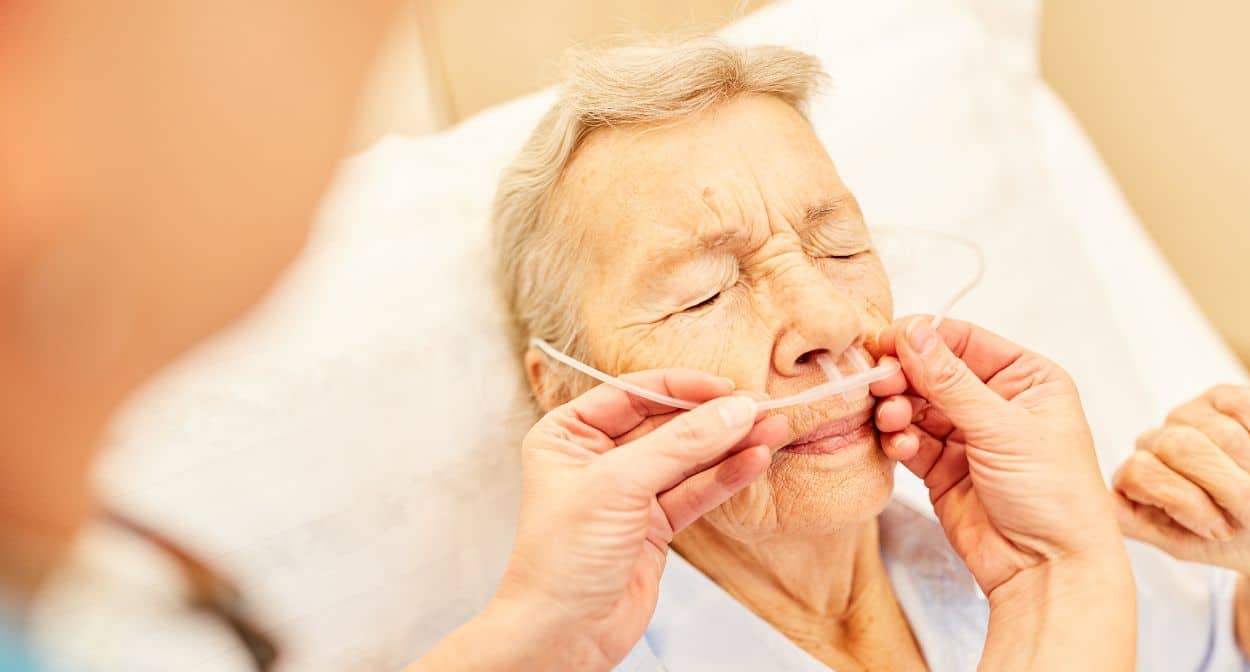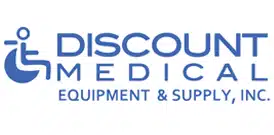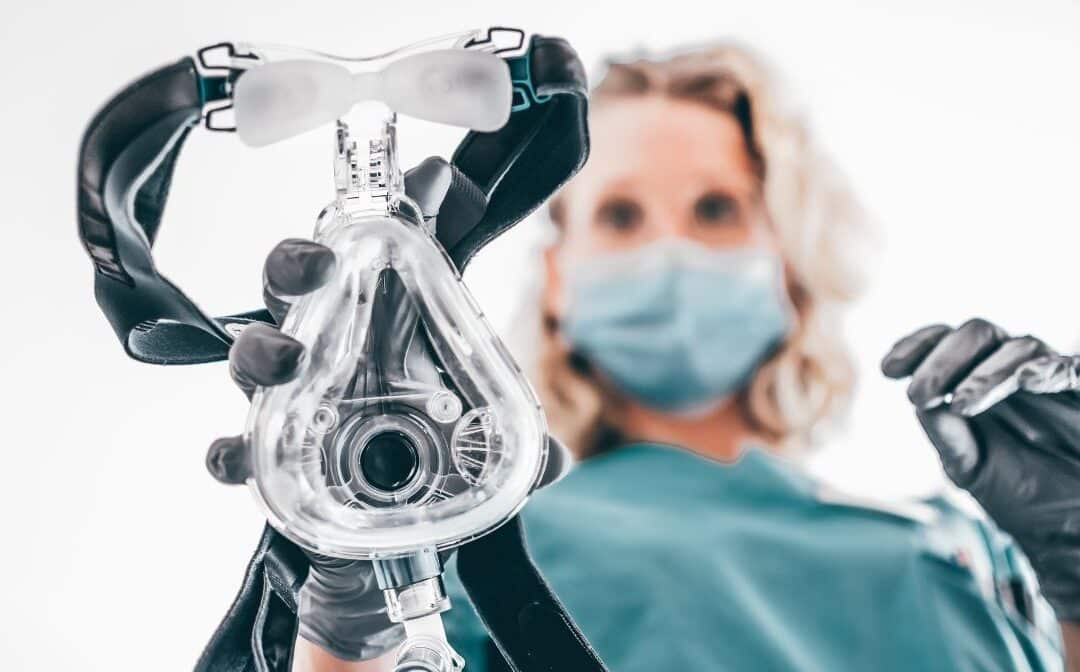Understanding the various types of oxygen therapy can help patients and caregivers make informed decisions about treatment. Choosing the right oxygen therapy method depends on factors like medical diagnosis, oxygen requirements, mobility needs, and daily activities. This guide will provide an in-depth look at the different types of oxygen therapy, their uses, and how they can benefit those who need respiratory support.
Understanding Oxygen Therapy

There are several methods of oxygen delivery, each suited to different patient needs. Understanding these types will help individuals and caregivers choose the best option for their situation.
Types of Oxygen Therapy

1. Continuous Flow Oxygen Therapy
Continuous flow oxygen therapy provides a steady stream of oxygen, regardless of whether the patient is inhaling or exhaling. This type is commonly used for individuals who require oxygen support throughout the day and night.
- Best for: Patients with severe respiratory conditions who need a constant oxygen supply.
- Delivery Methods: Oxygen concentrators, compressed oxygen tanks.
- Pros: Reliable and effective for long-term use.
- Cons: Higher oxygen wastage and less portable than other methods.
2. Pulse Dose Oxygen Therapy
Pulse dose oxygen therapy delivers oxygen only when the patient inhales, reducing oxygen wastage and increasing efficiency. This method is commonly used with portable oxygen concentrators.
- Best for: Patients with mild to moderate oxygen needs who want a portable option.
- Delivery Methods: Portable oxygen concentrators.
- Pros: Longer tank life, more portable.
- Cons: May not be suitable for individuals with high oxygen demands.
3. Oxygen Concentrators
Oxygen concentrators extract oxygen from the surrounding air, providing a cost-effective and convenient oxygen source for home and travel use.
- Best for: Patients requiring long-term oxygen therapy.
- Delivery Methods: Stationary and portable concentrators.
- Pros: Unlimited oxygen supply, no need for refills.
- Cons: Requires electricity, can be noisy.
4. Liquid Oxygen Therapy
Liquid oxygen is stored at extremely low temperatures and converts to gas when released. It offers a higher oxygen concentration, making it useful for individuals requiring high-flow oxygen therapy.
- Best for: Patients with high oxygen demands.
- Delivery Methods: Liquid oxygen tanks with portable units.
- Pros: More oxygen storage in smaller tanks.
- Cons: More expensive and requires careful handling.
5. Hyperbaric Oxygen Therapy (HBOT)
Hyperbaric oxygen therapy involves breathing pure oxygen in a pressurized chamber. This treatment enhances oxygen delivery to tissues, promoting healing and reducing inflammation.
- Best for: Wound healing, carbon monoxide poisoning, decompression sickness.
- Delivery Methods: Hyperbaric chambers.
- Pros: Accelerates healing, supports various medical conditions.
- Cons: Not practical for daily oxygen needs.
6. Nocturnal Oxygen Therapy
Some patients experience low oxygen levels primarily at night, leading to sleep disturbances and fatigue. Nocturnal oxygen therapy provides supplemental oxygen during sleep to maintain healthy oxygen levels.
- Best for: Patients with sleep apnea, COPD, or nocturnal hypoxia.
- Delivery Methods: Oxygen concentrators, CPAP/BiPAP machines.
- Pros: Improves sleep quality, reduces health risks.
- Cons: Requires medical evaluation to determine necessity.
Benefits of Oxygen Therapy

Oxygen therapy provides numerous benefits for individuals with respiratory conditions, including:
- Improved Energy Levels: Oxygen therapy reduces fatigue and enhances overall energy levels.
- Better Sleep Quality: Nocturnal oxygen therapy helps individuals breathe easier during sleep.
- Enhanced Cognitive Function: Adequate oxygen levels improve brain function and reduce confusion.
- Reduced Shortness of Breath: Supplemental oxygen alleviates breathing difficulties, improving daily activities.
- Improved Heart and Lung Function: Oxygen therapy helps reduce strain on the heart and lungs.
Choosing the Right Oxygen Therapy

Selecting the appropriate oxygen therapy depends on several factors, including oxygen needs, lifestyle, and medical recommendations. Consulting a healthcare provider is essential to ensure the right choice for optimal respiratory support.
Conclusion
Oxygen therapy is a life-changing treatment for individuals with respiratory conditions. By supplementing oxygen levels, it helps individuals manage symptoms, improve energy levels, and maintain their independence. With various types of oxygen therapy available, patients can choose the best method to fit their lifestyle and medical requirements. Whether it’s continuous flow therapy for severe conditions or portable concentrators for active individuals, oxygen therapy provides essential support for better health and well-being.
Discount Medical & Mobility Equipment & Supplies in Riverside, CA, offers a range of oxygen therapy solutions to meet your needs. Our knowledgeable team is dedicated to helping you find the right oxygen equipment for your lifestyle. Visit our store or contact us today to learn more about our available options and take the first step towards better respiratory health.
For high-quality oxygen therapy equipment and expert guidance, trust Discount Medical & Mobility Equipment & Supplies in Riverside, CA. Explore our products today!

